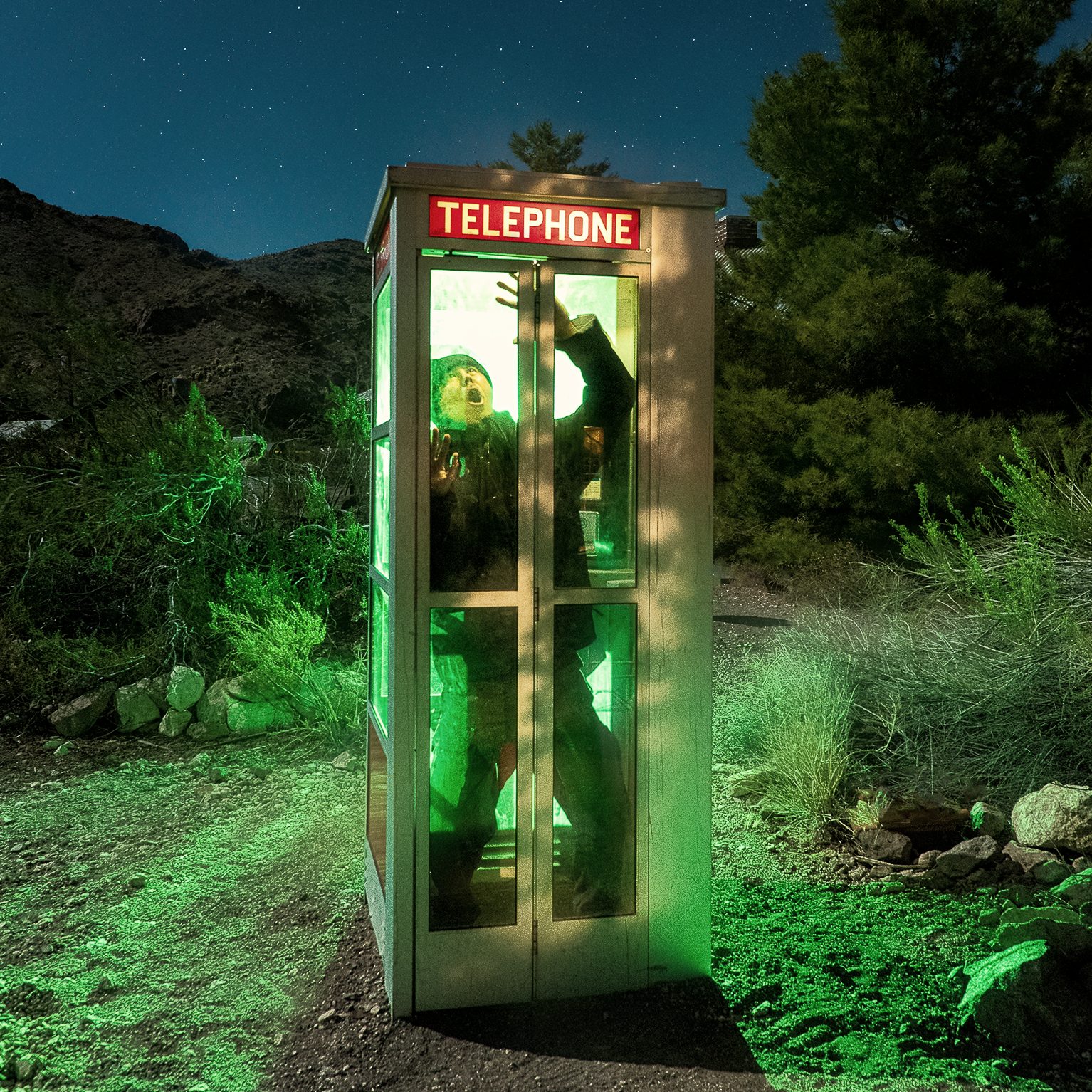When star gazing or photographing the night sky, we typically try to avoid light pollution to see more stars. Light Pollution Map app (Android and iOS), made by Dunbar Technology, helps you find the darkest skies around, and offers numerous other features as well.
Accessing the various features of Light Pollution Map
The navigation for the Light Pollution Map app is quite straightforward. I’ll cover a few things here. There are additional features that can be unlocked in the Pro version. That said, the free version offers quite a few useful features.
The app allows you to find dark skies anywhere around the world and zoom in for specific details. If you opt in for the Pro version, which costs $9.99, the app also provides a live cloud cover overlay on the light pollution map. This opacity for this overlay is fully adjustable.

Night Event Calendar
The app features a calendar that tells about specific celestial events in the area. Interestingly, the calendar can go many years in advance in case you wish to plan your trips 10 years or more in advance. Nice!
Aurora information
The app ties in its knowledge of light pollution coupled with information about the Northern Lights to tell you the probability of seeing auroras in a specific area.
Moon Phases and Times
Light pollution from cities is not the only sort of light that blots out many of the stars. The light from a moon can do this too. Consequently, the app provides the various phases of the moon to help you in your star gazing or starry night photography.
But wait, there’s more!
The app also features a Moon Direction Tool, which shows the angle of the moon in a specific area on a map, also giving basic moon information, such as moon rise, moon set and azimuth. You can change the time to see where the moon moves in relation to your location, changing its angle as the night progresses.
The app also features SOHO Sun Data. SOHO is the acronym for Solar Orbiting Heliospheric Observatory, a cooperative project between NASA and the European Space Agency (ESA). This particular feature provides information and images about solar events such as flares.
Additional features in Pro version
The Pro version offers a Location Manager so you may configure the app to use a location other than your own for all information and data, and allows you to access multiple locations. And it also tracks the International Space Station. Also, the sync frequency on the Pro version is quicker, syncing every 15 minutes instead of three hours. And also, the Pro version allows you to navigate to your saved dark sky locations. On an iPhone, this uses your Apple Maps app. The app is also available on Android.
The free version is already extremely useful and crammed full of features. Furthermore, it is extremely intuitive. Upgrading to have the cloud cover overlay would be extremely useful. That alone would be worth the price of admission. Regardless, the free version already has quite a few useful, easy-to-use features.


















not compatible with newer android phones. I have an S23 and it’s not available to install.
Oh well. It’s possible that it’s time has come and gone, and they may not have been able to keep up with newer Android operating systems. I notice the site I link to in this article doesn’t seem to have been updated in a few years.